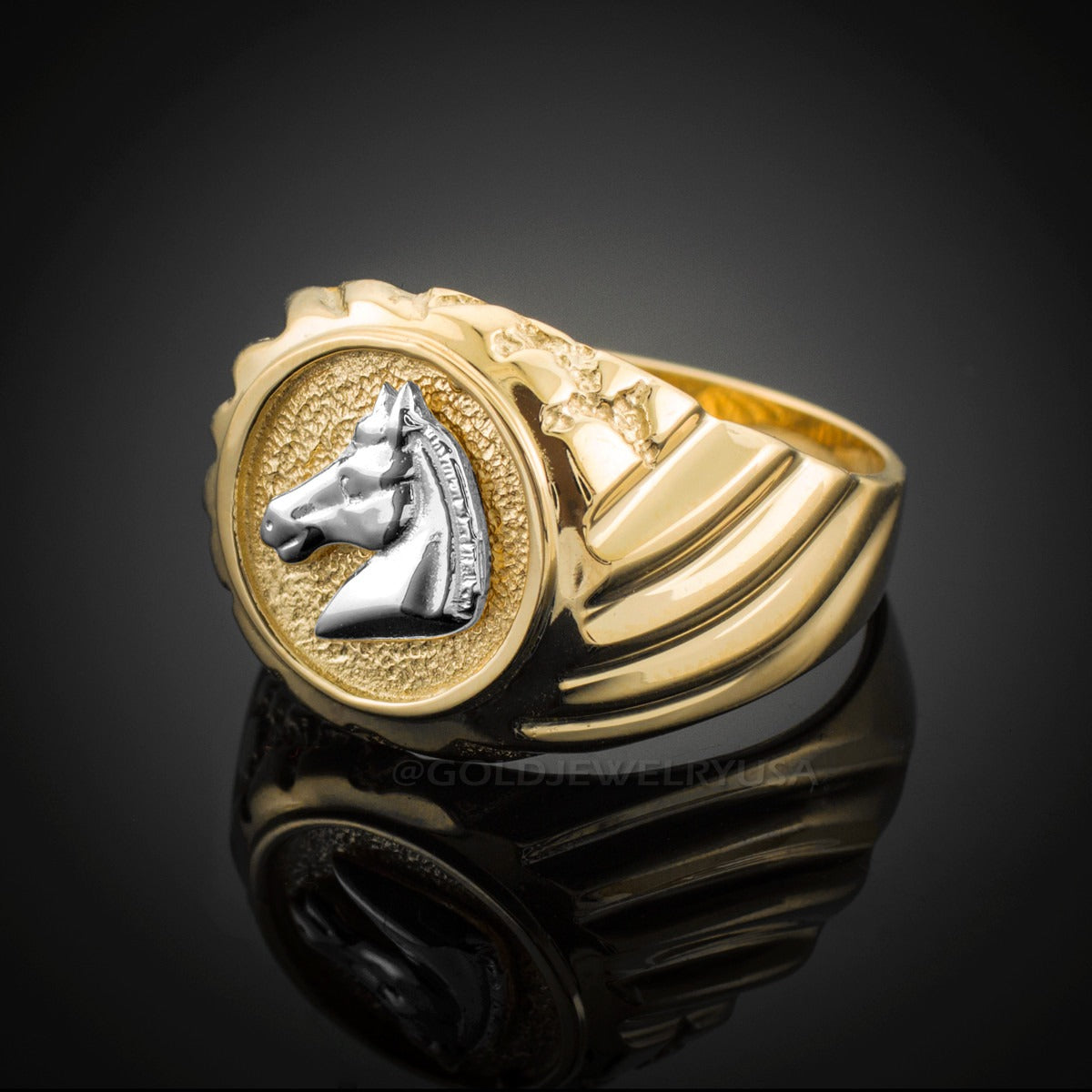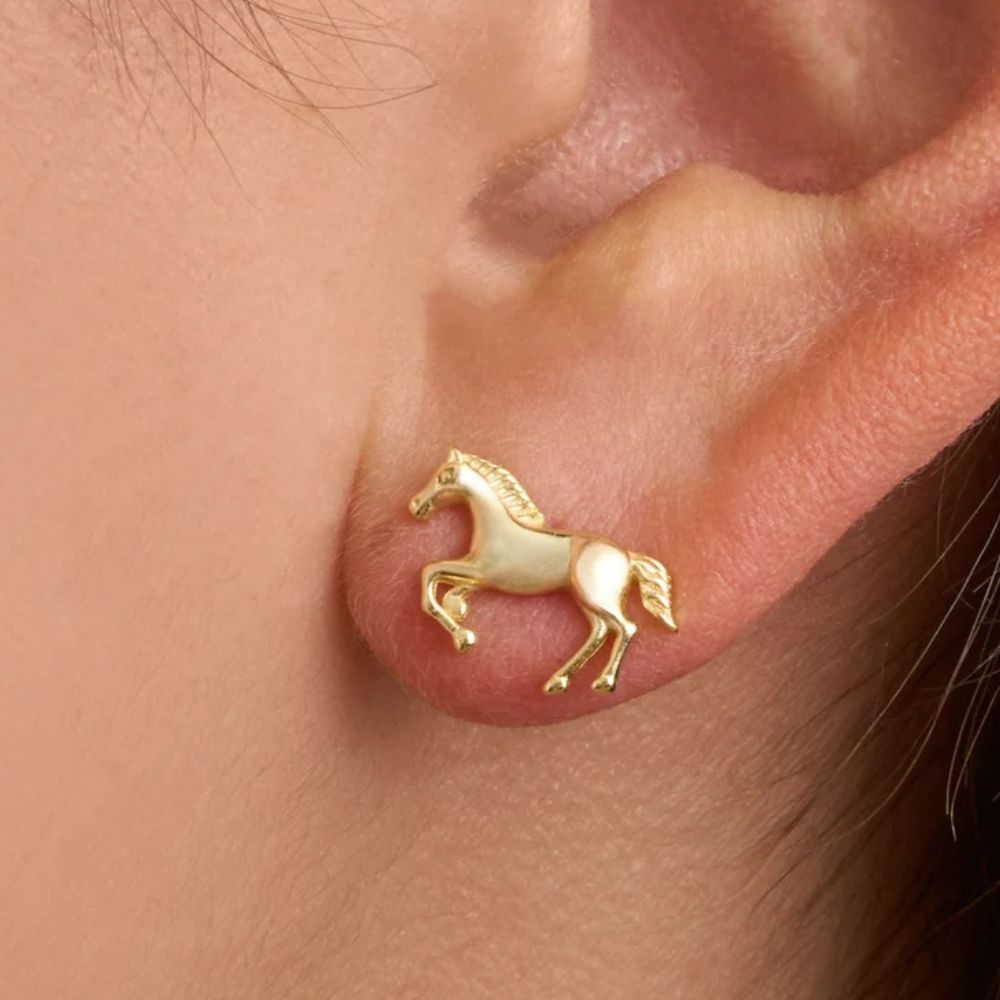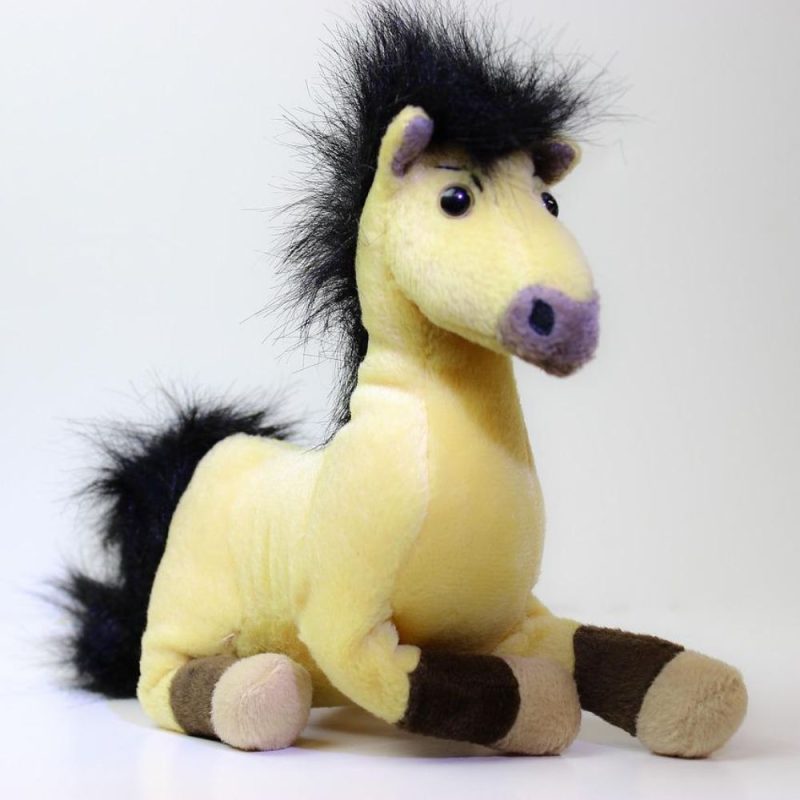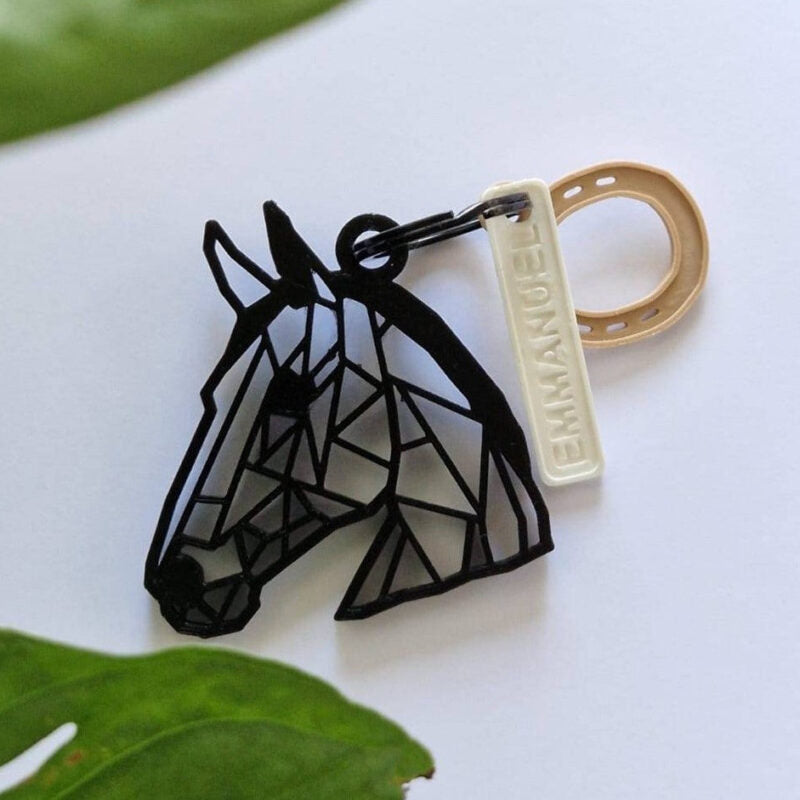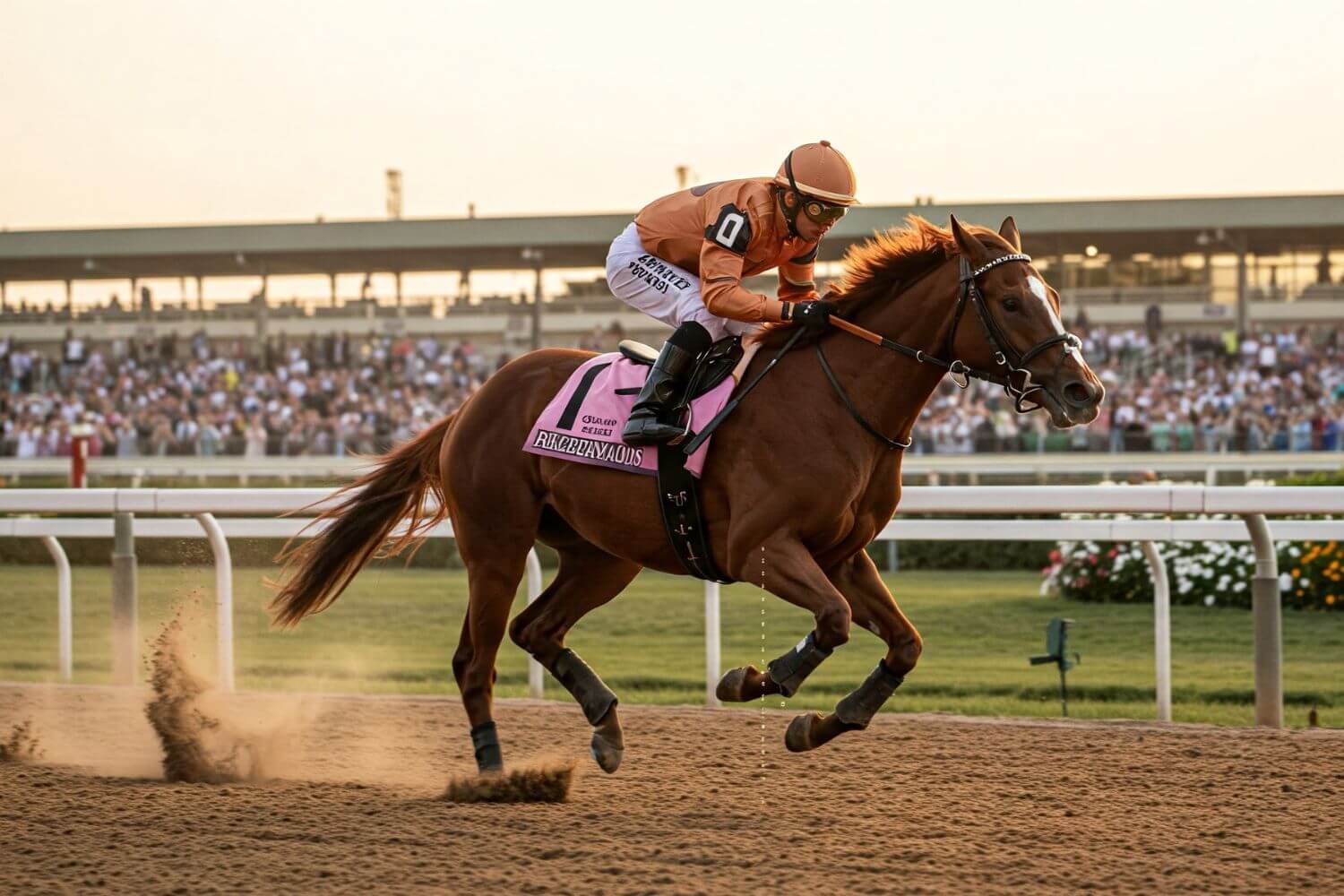
How Long is a Furlong in Horse Racing: The Complete Guide
When you’re watching a thrilling horse race or reading about the latest racing events, you’ll often hear commentators mentioning that horses are “entering the final furlong” or that a particular race is “six furlongs long.” But what exactly is a furlong, and how long is it in modern measurements? Simply put, a furlong is precisely 220 yards or 1/8 of a mile (201.168 meters), making it a crucial distance measurement in the world of horse racing. This traditional unit dates back to Anglo-Saxon times and continues to be the standard measurement used on racetracks worldwide. For horse enthusiasts and racing fans, understanding furlongs is essential to appreciating race dynamics, horse performance, and betting strategies. Whether you’re new to the racing community or a seasoned enthusiast looking to expand your racing knowledge, this comprehensive guide will unveil everything you need to know about this fascinating aspect of racing terminology.
The Origin and History of Furlongs in Racing
The furlong has a fascinating history that dates back to medieval farming practices before it became an integral part of horse racing. Originally, the term “furlong” came from the Old English words “furh” (furrow) and “lang” (long), literally meaning “furrow-long.” In practical terms, this represented the length of a furrow in a medieval open-field system—essentially the distance a team of oxen could plow without resting.
By the early 13th century, the furlong was standardized as 220 yards, precisely 1/8 of a mile. This standardization happened during the reign of King Edward I of England in 1305, when he decreed that an inch should be equivalent to three barleycorns placed end to end. From this basic measurement, the foot, yard, and eventually the furlong were derived.
The transition from agricultural unit of measurement to racing terminology occurred naturally as horse contests began to be held on farmland. The earliest recorded horse races often used these familiar measurements, with courses being laid out in furlongs because they were already well-understood distance measurements in rural communities.
When formal horse racing as we know it began to develop in England during the 17th and 18th centuries, the furlong was already an established standard measurement. The first racecourses were often designed around these traditional measurements, with race distances specified in furlongs rather than miles or yards.
The Jockey Club, established in 1750, further cemented the use of furlongs in racing terminology by incorporating them into their official regulations. By the time thoroughbred racing had spread to America, Australia, and other parts of the world, the furlong had become the universal distance measurement for describing race length.
Today, on July 17, 2023, despite the widespread adoption of the metric system in most countries, the furlong remains stubbornly persistent in horse racing, preserving a connection to the sport’s rich heritage and racing tradition that spans centuries.
“The furlong stands as a testament to racing’s deep roots in agricultural society, connecting modern spectators to centuries of sporting tradition every time they hear the distance called,” notes racing historian James Weatherby.
➤ Also Read: The Right Age to Ride: When Your Horse is Ready for the Saddle
Understanding Furlong Measurements in Modern Racing
Exact Conversion of Furlongs to Modern Units
In today’s racing industry, understanding precise distance conversions is essential for both casual fans and serious handicappers. A furlong equals exactly 220 yards, 660 feet, or 1/8 of a mile in imperial units. When converted to metric measurements, a furlong is equivalent to 201.168 meters. This standardization allows for consistent track layout and racing distances across international venues.
For perspective, a typical horse racing sprint might be 6 furlongs (3/4 of a mile or about 1,207 meters), while longer races could extend to 12 furlongs (1.5 miles or approximately 2,414 meters). The Kentucky Derby, one of America’s most prestigious races, is run over 10 furlongs, equivalent to 1.25 miles.
How Furlongs Shape Track Design and Layout
The furlong plays a fundamental role in racecourse design and configuration. Standard American dirt tracks are typically one mile in circumference, conveniently divided into eight furlongs. This creates natural markers around the track that help riders, officials, and spectators gauge progress during a race.
European and Australian tracks often feature more varied designs, but still use furlongs as their primary unit of measurement for describing course segments and race distances. The positioning of starting gates, finishing posts, and even camera equipment is typically planned around furlong markers.
Track officials use these measurements to precisely calculate race times and splits, providing valuable data for racing analysis. The furlong poles (markers) around the track serve as crucial reference points for jockeys, helping them time their strategic moves and manage their horse’s energy throughout the race.
Furlong Fractions and Their Significance
In horse racing, times are often recorded in mile fractions and furlong splits. For example, a race caller might announce that a horse completed the first quarter-mile (2 furlongs) in 22.4 seconds, giving spectators insight into the pace of the race.
These fractional times are critical for handicappers and those involved in racing strategy development. By analyzing how quickly horses cover individual furlongs, experts can assess a horse’s running style, stamina, and potential performance under different conditions.
As racing analyst Thomas Prescott explained in a recent interview on September 5, 2023, “The beauty of furlong-based timing is that it gives us a granular view of performance. A horse might run the same total time for a race, but how they distribute their energy across each furlong tells us everything about their racing style and capabilities.”
Now, let’s move on to chapters 4 and 5:
Furlong Variations in Different Racing Formats
Sprints vs. Routes: Understanding Distance Classifications
In the world of horse racing, competitions are broadly categorized based on distance, with furlongs serving as the standard unit of measurement. Races are typically classified as either sprints or routes, each requiring different qualities from competing thoroughbreds.
Sprint races generally range from 5 to 7 furlongs (5/8 to 7/8 of a mile). These shorter distances favor horses with explosive speed and quick acceleration. Sprinters are typically more compact and muscular, built for powerful bursts rather than sustained effort. The Breeders’ Cup Sprint, one of the most prestigious sprint races globally, is contested over 6 furlongs, demanding remarkable speed and perfect timing from both horse and jockey.
Route races, on the other hand, cover 8 furlongs (1 mile) or more. These longer distances test a horse’s stamina, tactical intelligence, and ability to maintain speed over extended periods. The most famous route races include the Kentucky Derby (10 furlongs), the Belmont Stakes (12 furlongs), and the prestigious Prix de l’Arc de Triomphe in France (12 furlongs).
The distinction between sprints and routes significantly impacts breeding decisions, training methodologies, and racing careers. Some horses excel exclusively at sprint distances, while others demonstrate their superiority over longer racing distances. Understanding these classifications is fundamental to appreciating the diverse talents within the thoroughbred racing world.
International Variations in Furlong Usage
While the furlong remains the standard distance measurement in American, British, and Irish horse racing, international variations exist in how this unit is applied and referenced. In the United States, race distances are typically expressed in furlongs up to 9 (9/8 miles), after which they’re usually stated in miles and fractions. For example, the Kentucky Derby is commonly referred to as a “mile and a quarter” rather than 10 furlongs.
British and Irish racing traditions tend to use furlongs more consistently across all distances. Even races like the Epsom Derby at 12 furlongs are frequently described using this traditional measurement rather than as 1.5 miles.
In countries that have fully adopted the metric system, such as France, Japan, and Australia, race distances are officially recorded in meters, though furlongs often remain in use as secondary references, particularly in racing analysis and international discussions. Australia presents an interesting case where both systems coexist, with races officially measured in meters but commonly discussed in furlongs among racing professionals and enthusiasts.
Despite these variations, the furlong serves as a unifying element in the global racing community, creating a common language that transcends national boundaries and connects participants worldwide through shared racing tradition and racing knowledge.
Furlong Impact on Racing Strategy and Performance
The distance of a race measured in furlongs fundamentally shapes the strategic approach taken by trainers and jockeys. Each additional furlong introduces new tactical considerations and challenges. For instance, in a 6-furlong sprint, jockeys must decide whether to push for early speed or conserve energy for a late charge. In a 12-furlong endurance test, pacing becomes paramount, with jockeys carefully managing their mount’s energy reserves throughout the race.
Racing strategy also varies based on track configuration. Some tracks feature longer or shorter stretches, which can significantly impact how horses navigate the furlongs. A horse that excels at covering ground on straightaways might struggle with the tight turns of certain tracks, even if the total distance in furlongs remains the same.
Speed calculation and analysis have become increasingly sophisticated in modern racing, with furlong splits tracked with precision timing systems. These measurements allow trainers to tailor training regimens to specific distance requirements and help handicappers predict performance based on past furlong times under similar conditions.
The relationship between furlongs and performance extends beyond the race itself. Training programs are designed around building a horse’s capacity to maintain optimal speed over the precise number of furlongs in target races. This focused preparation has contributed to remarkable improvements in racing records over the past century, with horses continually pushing the boundaries of what’s possible within the established furlong framework.
Practical Applications of Furlong Knowledge for Racing Enthusiasts
Using Furlong Data to Improve Your Racing Experience
For dedicated followers of horse racing, understanding furlongs transforms the spectator experience from passive viewing to informed engagement. By familiarizing yourself with furlong markers and splits, you can track a race’s development with greater precision and anticipate key moments before they unfold.
Modern racing programs and digital platforms provide detailed furlong split times from previous races. This data allows enthusiasts to identify patterns in a horse’s performance, such as whether they typically accelerate or fade during specific segments of a race. Recognizing these patterns enhances your ability to predict outcomes and appreciate the nuances of each competition.
Racetracks themselves are designed with furlong poles that mark each 220-yard segment. By identifying these markers during a race, spectators can better judge distances and assess how well competitors are maintaining their pace. This knowledge is particularly valuable when watching races in person, where television camera angles might not provide a complete perspective on the relative positions and momentum of the horses.
For those interested in photography or videography of races, understanding furlong positions helps in anticipating and capturing decisive moments. Knowing that many horses make their move at the 3-furlong mark in a 6-furlong race allows photographers to prepare for potentially race-defining accelerations.
Furlong Considerations in Handicapping and Betting
For those who engage in wagering on horse racing, furlong-based analysis forms a cornerstone of effective handicapping. Successful bettors carefully examine how horses have performed over specific distances, paying close attention to their furlong splits rather than just final times.
A horse’s ability to maintain speed over particular furlong segments often indicates their suitability for certain race distances. For example, a horse that runs even splits throughout a race typically has good stamina and might excel when moving up to longer distances. Conversely, a horse showing significant deceleration in later furlongs might be better suited to shorter sprints.
Track conditions interact with furlong distances in ways that can dramatically affect performance. A muddy track might slow horses more significantly over longer distances, potentially favoring frontrunners who can establish an early lead. Understanding these interactions allows bettors to adjust their assessments based on weather and track reports.
Racing odds are heavily influenced by a horse’s previous performances at specific distances. By developing expertise in furlong-based analysis, bettors can sometimes identify opportunities where the public has misjudged a horse’s ability to handle a particular distance, potentially finding value in the betting markets.
Educational Resources for Deepening Your Furlong Knowledge
The racing community offers numerous resources for enthusiasts looking to enhance their understanding of furlongs and their significance. Racing guides and racing glossaries provide comprehensive explanations of distance measurements and their practical applications in the sport.
Online platforms dedicated to racing education offer courses that cover everything from basic racing terminology to advanced racing analysis techniques. These resources often include visual aids that illustrate how furlongs are marked on different tracks and how they influence race dynamics.
Publications like “The Blood-Horse” and “Thoroughbred Daily News” regularly feature articles that delve into the technical aspects of racing, including detailed discussions of furlong splits and their implications for performance assessment.
For those seeking immersive learning experiences, many tracks offer behind-the-scenes tours that include explanations of track layout and distance markers. These tours provide unique insights into how furlongs are integrated into the physical structure of racecourses.
Engaging with these educational resources not only enhances your understanding of furlongs but also deepens your appreciation for the rich racing culture and racing language that have evolved around this traditional measurement.
Frequently Asked Questions About Furlongs in Horse Racing
What is the exact length of a furlong in horse racing?
A furlong in horse racing is exactly 220 yards, 660 feet, or 1/8 of a mile. In metric measurements, this translates to 201.168 meters. This standardized distance measurement has remained unchanged for centuries, providing consistency across different racecourses and racing events.
Why does horse racing still use furlongs instead of meters or kilometers?
Horse racing continues to use furlongs primarily due to tradition and historical precedent. The sport has deep roots in countries like the United Kingdom and the United States, where imperial units remain in common use. The furlong‘s connection to racing history and its role in defining classic race distances make it an integral part of racing culture. Additionally, the furlong provides a convenient breakdown of race distances that aligns well with how races naturally unfold, making it a practical unit for describing and analyzing racing strategy.
How do furlongs affect betting strategies?
Furlongs significantly influence betting strategies by providing a framework for analyzing a horse’s performance over specific distances. Handicappers examine furlong splits to assess a horse’s running style, stamina, and suitability for particular race lengths. Some horses excel at shorter distances of 5-6 furlongs, while others perform better over 8-12 furlongs. Understanding these preferences is crucial for making informed wagers. Additionally, certain jockeys and trainers have statistical advantages at specific furlong distances, which can be valuable information when considering racing odds.
How do track conditions affect furlong times?
Track conditions can dramatically impact furlong times. On a fast, dry track, horses typically run each furlong in 12-13 seconds, with elite sprinters capable of covering early furlongs in under 12 seconds. Wet or muddy conditions can add 1-2 seconds per furlong, significantly affecting overall race times. Different surface types—dirt, turf, or synthetic—also produce varying furlong times. These variables create an additional layer of complexity in racing analysis and must be considered when evaluating past performances or predicting future results.









